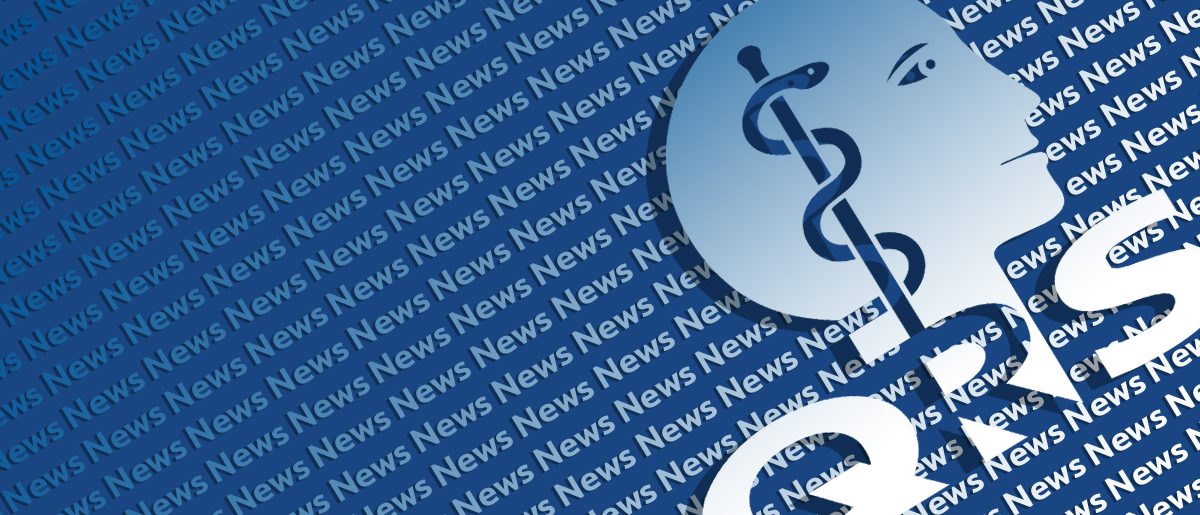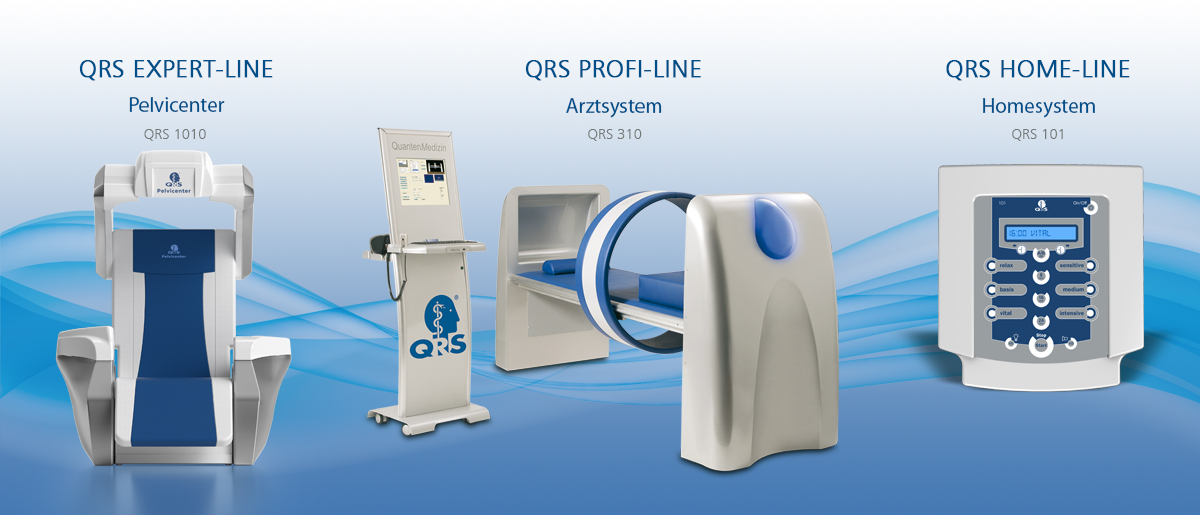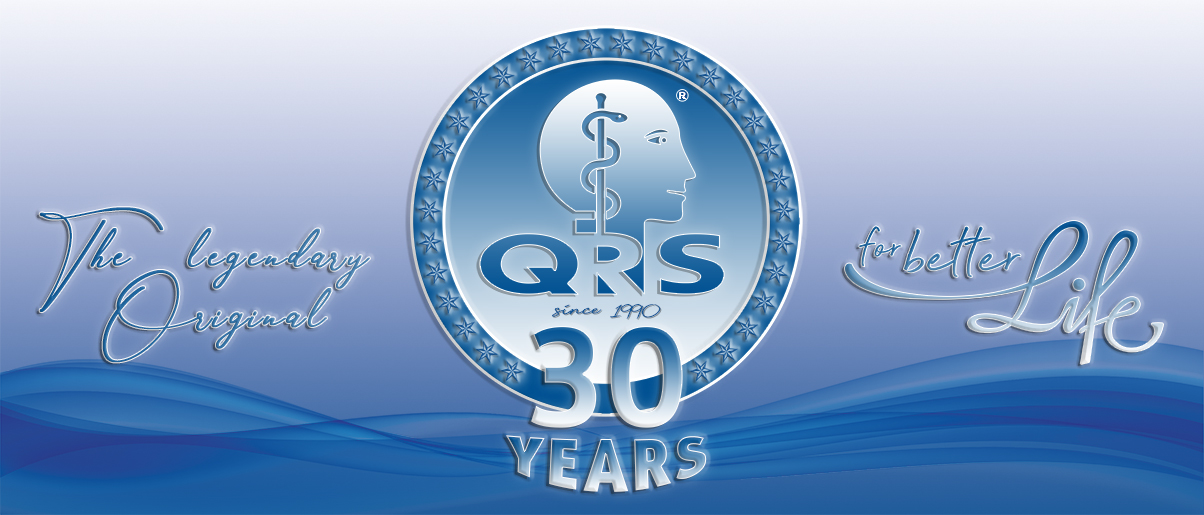Randomisierte, doppelblind kontrollierte Studie mit validierenden Massnahmen mit 120 Teilnehmerinnen.
Studien-Historie:
| September 2013 | Start of study (ethical committee approval August 18, 2013) |
| March 2015 | All 120 patients have completed 16 treatments, 57 patients have decided to take an additional 16 treatments (these 57 are mainly from the Sham group who now receive 16 treatments on the real Pelvicenter) |
| May 2015 | Draft report 120 patients 16 treatments |
| May 2015 | Initial results of the 57 patients who completed additional 16 treatments |
| October 2015 | Presentation at SIU in Melbourne (Societé Internationaled’Urologie) |
| Nov/ Dec 2015 | Publication in USA based “The Journal of Urology” |
| May 2016 | Presentation at AUA (USA) of 1 year follow-up |
Auszug (Übersetzung):
Die Ansprechrate von 75% bei 2-monatiger Behandlungsdauer und ca. 70% Rate nach 1 Jahr Follow-up waren höher als die bisher erwartete Verbesserungsrate!
Pulsed Magnetic Stimulation for Stress Urinary Incontinence: 1-Year Followup Results
Renly Lim,*,† Men Long Liong, Wing Seng Leong, Nurzalina Abdul Karim Khan and Kah Hay Yuen
From the School of Pharmaceutical Sciences, Universiti Sains Malaysia (RL, NAKK, KHY) and Departments of Urology, Island Hospital
(MLL) and Lam Wah Ee Hospital (WSL), Penang, Malaysia, and School of Pharmacy and Medical Sciences, University of South
Australia (RL), Adelaide, South Australia, Australia
Originalauszug aus dem Studiendokument:
Purpose:
Despite significant differences in success rates between surgical and nonsurgical treatments for female stress urinary incontinence, a few crosssectional surveys showed that most patients still prefer the latter. We evaluated the efficacy of the under studied nonsurgical treatment using pulsed magnetic stimulation for female stress urinary incontinence.
Materials and Methods:
This randomized, double-blind, sham controlled study was performed in 120 female subjects at least 21 years old with stress urinary incontinence. Treatment involved pulsed magnetic stimulation for 2 sessions per week for 2 months (16 sessions). After 2 months, subjects could opt for 16 additional sessions regardless of initial randomization. The primary response criterion was a 5-point reduction in the ICIQ-UI SF (International Consultation on Incontinence Questionnaire for Urinary Incontinence-Short Form) score. Key secondary response criteria included objective and subjective cure, supplemented by other secondary criteria. Followups were performed at months 1, 2, 5, 8 and 14.
Results:
At 2 months 45 of 60 subjects (75%) in the active arm vs 13 of 60 (21.7%) in the sham arm were treatment responders (p <0.001). After 2 months 24 subjects (40%) in the active arm and 41 (68%) in the sham arm elected additional active pulsed magnetic stimulation. At 14 months, subjects who received 32 sessions of active pulsed magnetic stimulation had the highest percentage of treatment responders (18 of 24 or 75.0%), followed by those who received 16 sessions (26 of 36 or 72.2% and 28 of 41 or 68.3%) and those who did not receive any active pulsed magnetic stimulation (4 of 19 or 21.1%) (p <0.001).
Conclusions:
The encouraging long-term response rates show that pulsed magnetic stimulation is an attractive nonsurgical alternative for patients who do not want to undergo surgery.
Hinweis:
Die gesamte Studie können Mitglieder einer Fachgruppe durch Nachweis bei der QRS-International AG anfordern. Verwenden Sie bitte hierzu die Seite Kontakt.





